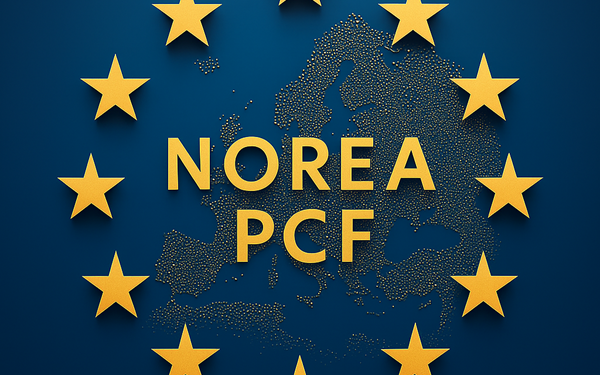
NoreaPCF
Il NOREA PCF supporta gli auditor informatici nella valutazione dei rischi e nella conformità.



ISO 50001 is an international standard that helps organizations set up, implement, maintain, and improve an energy management system (EnMS). The goal? To gain structural control over energy consumption, reduce waste, and operate more sustainably.
Whether you are active in industry, services, the public sector, or healthcare, ISO 50001 enables you to work systematically on energy efficiency, cost reduction, and environmental performance.
ISO 50001 contributes directly to CO₂ reduction and helps organizations meet sustainability goals and legal obligations (such as the EED or energy saving obligation).
Energy prices are volatile, climate targets are strict, and social pressure to become more sustainable is increasing. ISO 50001 provides organizations with:
Organizations that implement ISO 50001 often see noticeable energy savings within the first year – without major investments.
ISO 50001 is applicable to organizations of all types and sizes – in both the public and private sectors.
Common applications:
SMEs that want to control their energy costs can also benefit from ISO 50001, especially if they are subject to the EED audit requirement.
ISO 50001 is based on the well-known Plan-Do-Check-Act cycle (PDCA) and focuses specifically on energy processes. Important components are:
Management sets clear goals for energy performance and lays these down in policy.
You map out your current energy consumption: which processes or installations consume the most?
You establish measurable values to identify improvements (such as kWh/m² or consumption per product unit).
You set targets (e.g., 15% reduction in consumption in two years) and draw up plans to achieve them.
You monitor energy performance using meters, dashboards, or energy monitoring systems.
You carry out annual checks, make adjustments, and actively seek new opportunities for optimization.

To become ISO 50001 certified, you usually go through the following process:
You can go through the process independently or with the help of an energy consultant or ISO specialist.
With IRM360, you are assured of a secure and compliant future in a scalable, practical, and cost-effective way.
With our other management systems for Privacy, Business Continuity, Artificial Intelligence, Risk Awareness, and more, you can easily expand your control at your own pace.
Contact us today for more information or request an online demo of our software.
Click here to request an online demo.